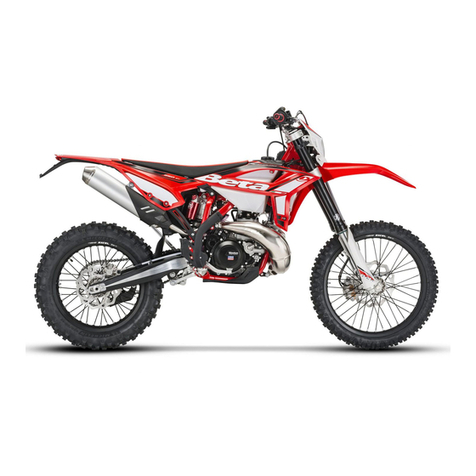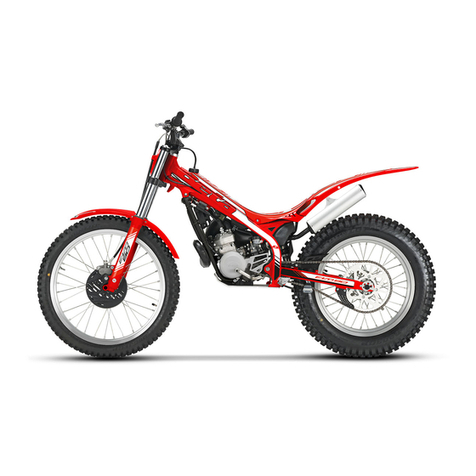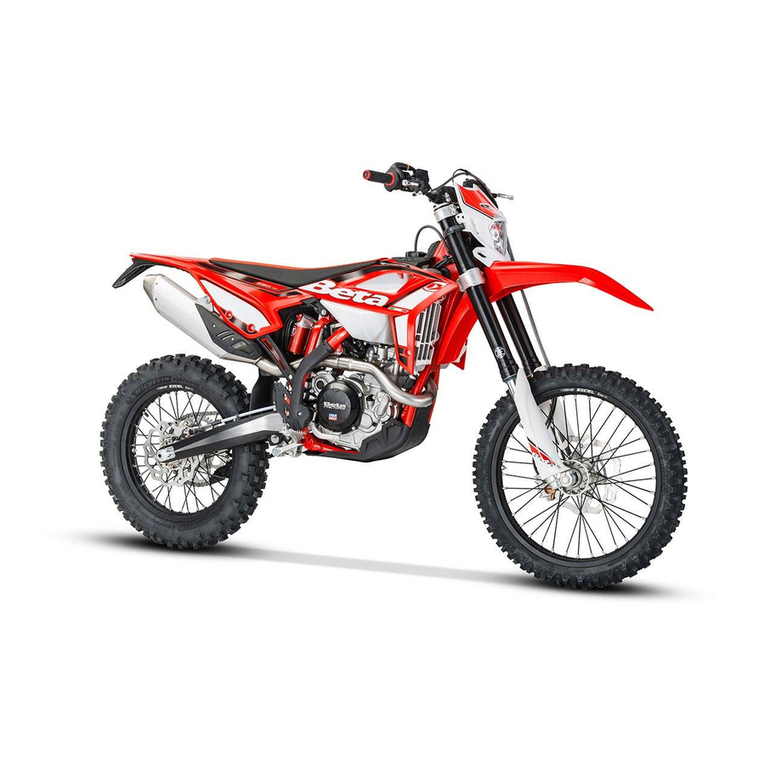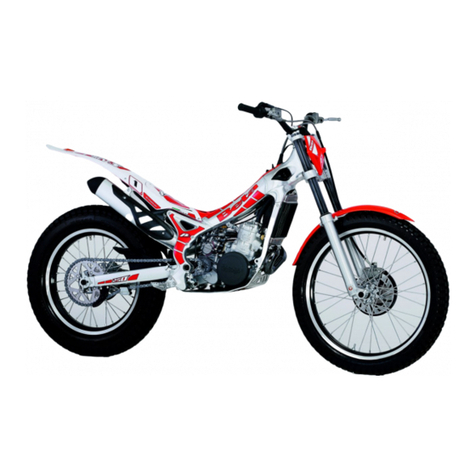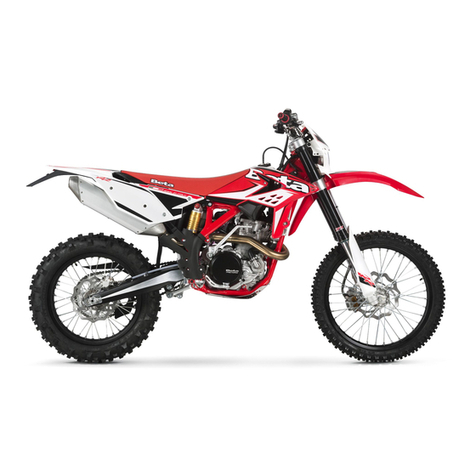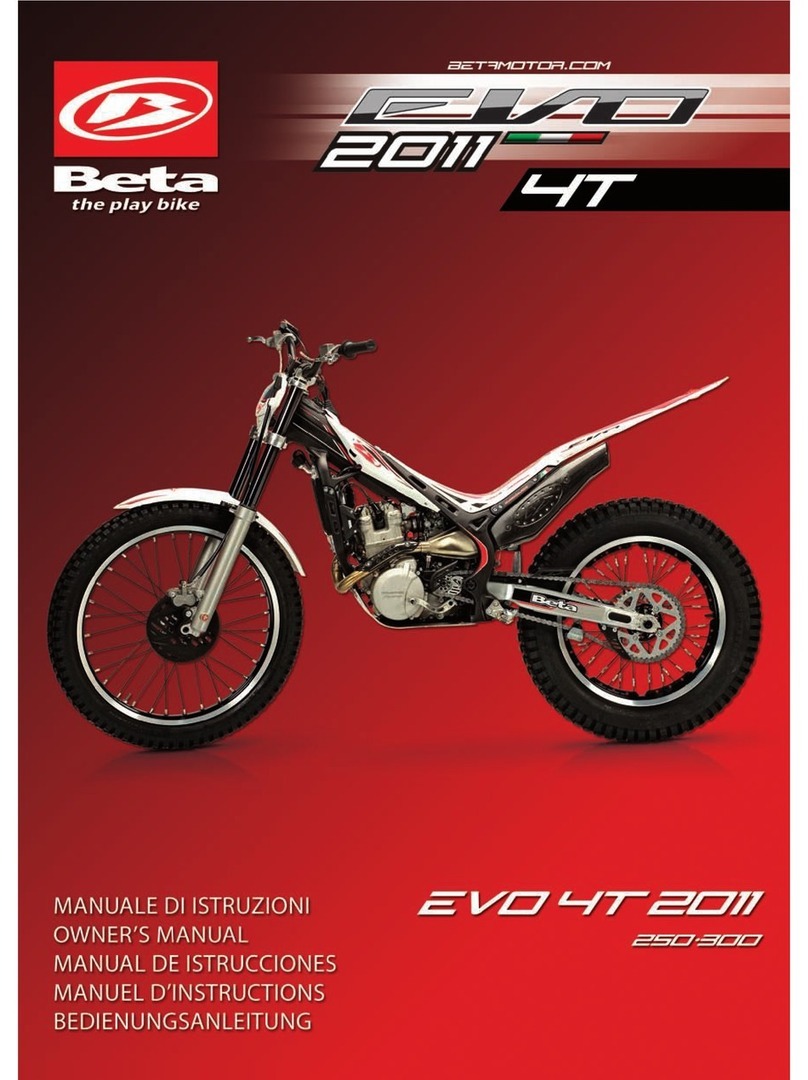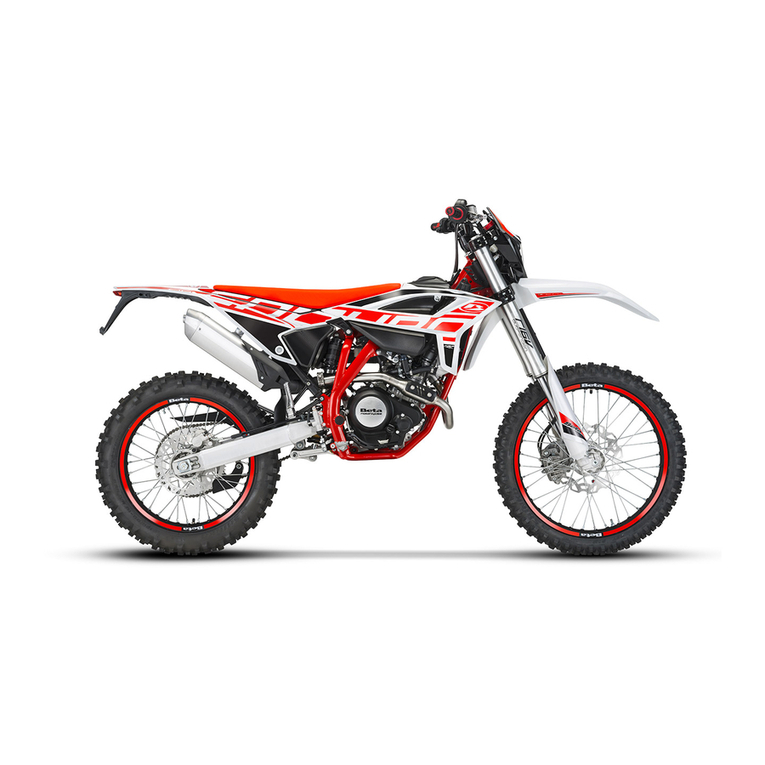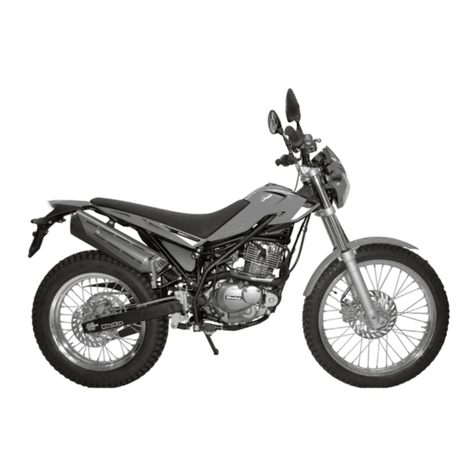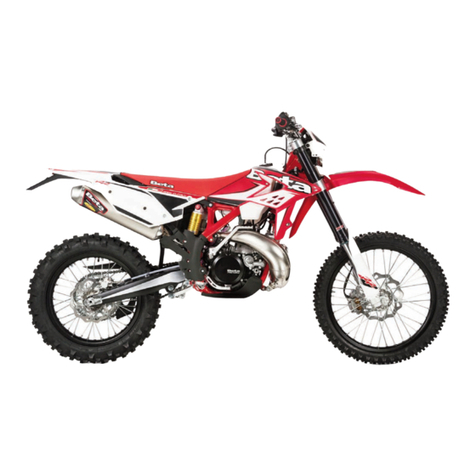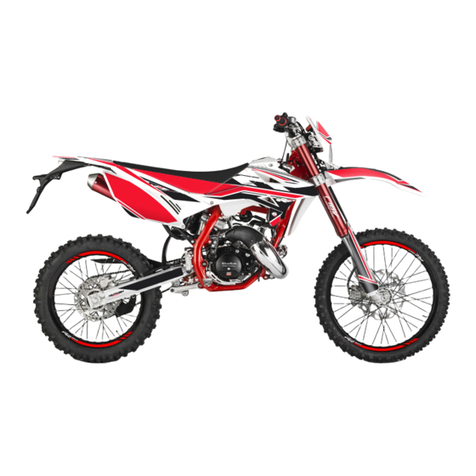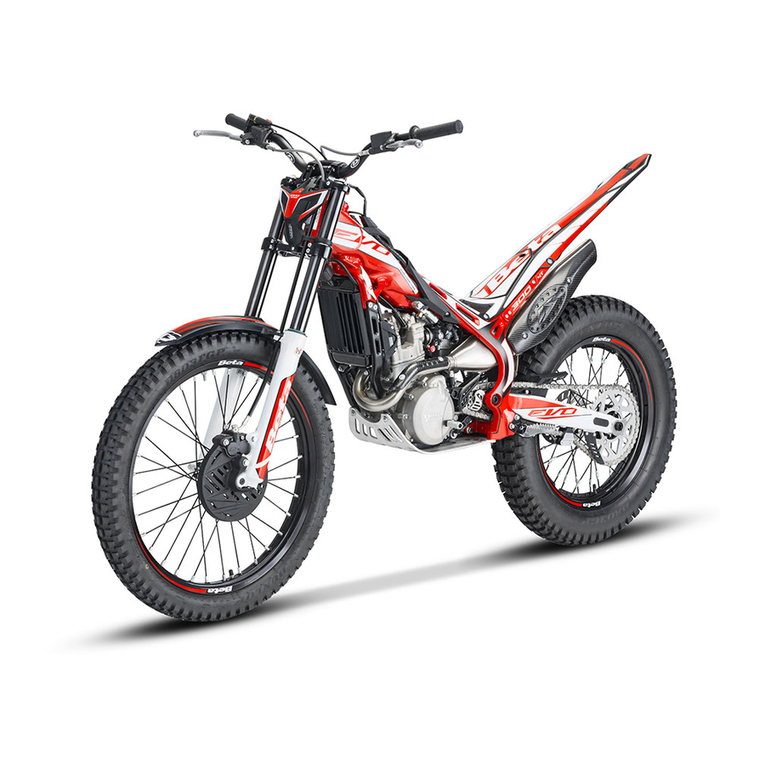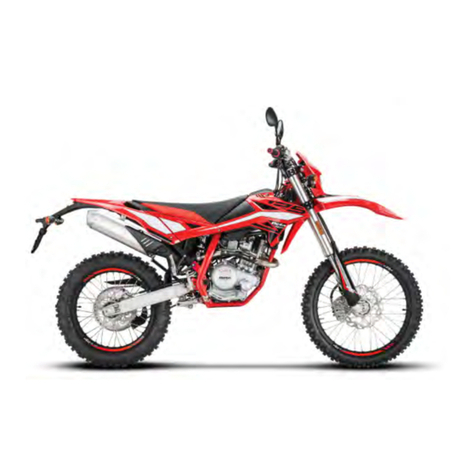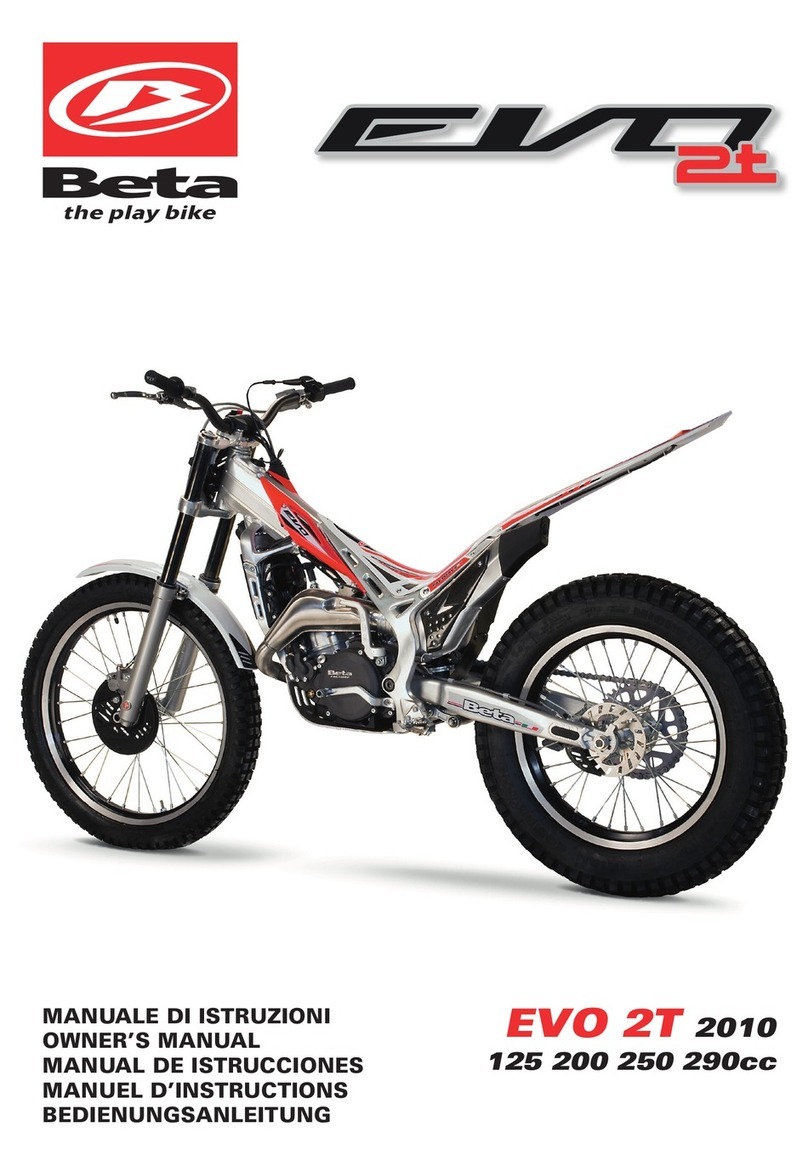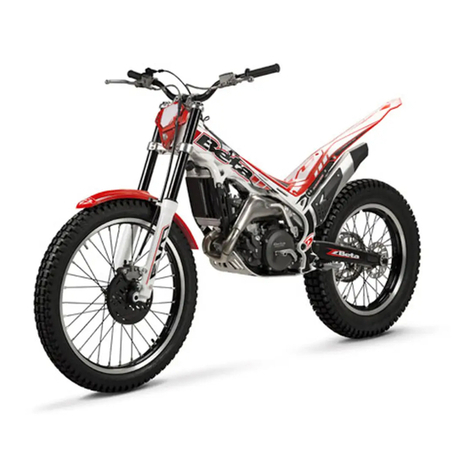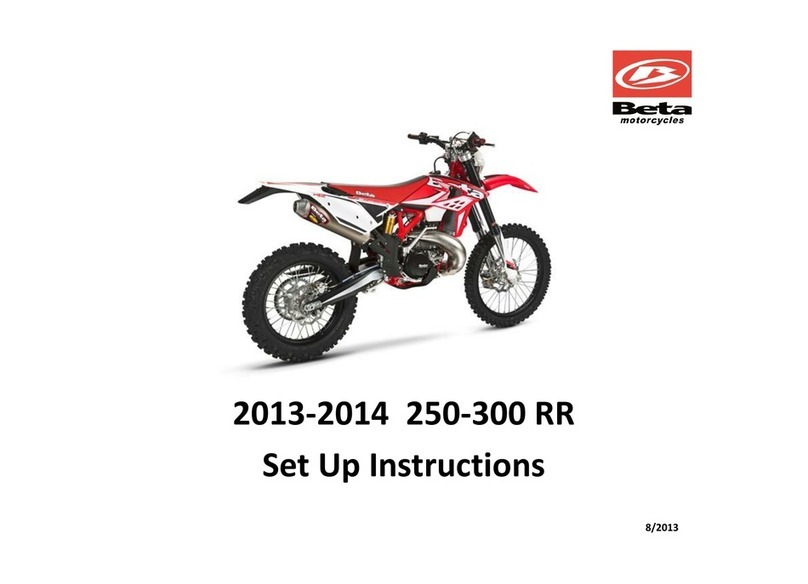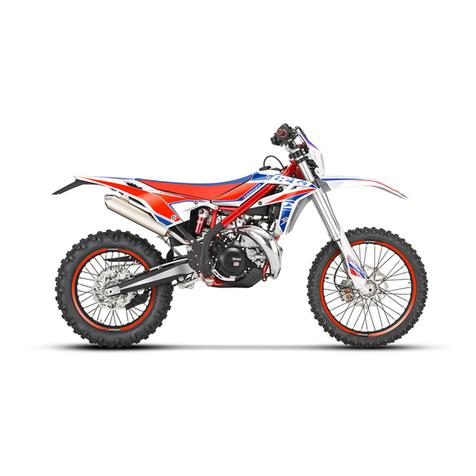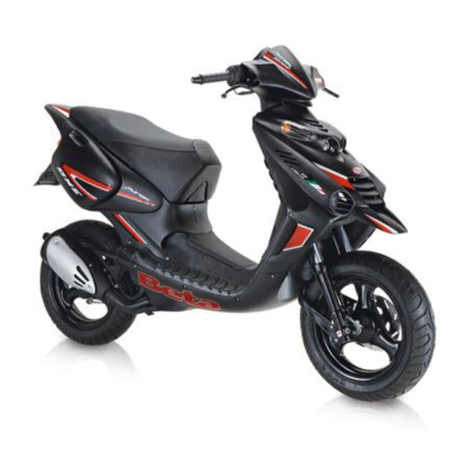CONTENTS
3GB
Operating instructions.............................................................................. 5
Ecologic guide....................................................................................... 5
Riding safety.......................................................................................... 6
CHAPTER 1 GENERAL INFORMATION.............................................. 7
Vehicle identification data ........................................................................ 8
Delivery................................................................................................ 8
Load .................................................................................................. 10
Tyres .................................................................................................. 10
Steering lock ....................................................................................... 11
Familiarizing with your vehicle ................................................................ 12
Controls.............................................................................................. 13
Specifications ...................................................................................... 21
Wiring diagrams RR 2t ......................................................................... 25
Electrical devices.................................................................................. 27
Devices for Euro 3 version...................................................................... 28
CHAPTER 2 OPERATION ................................................................. 29
Checks to be performed before each ride ................................................. 30
Lubricants............................................................................................ 31
Running-in ........................................................................................... 31
Starting the engine................................................................................ 32
Refuelling............................................................................................ 33
CHAPTER 3 CHECKS AND MAINTENANCE..................................... 35
Changing the gear and clutch oil ............................................................ 36
Check the level of the front and rear brake fluid and bleeding....................... 37
Check the front and rear brake pads........................................................ 39
Check the oil level in the hydraulic clutch and bleeding ............................... 40
Fork oil............................................................................................... 41
Air filter .............................................................................................. 44
Spark plug .......................................................................................... 45
Carburetor .......................................................................................... 47
Coolant.............................................................................................. 48
Drive chain maintenance and wear.......................................................... 49
Charging the battery............................................................................. 50
Cleaning and checking the vehicle .......................................................... 51
Scheduled maintenance......................................................................... 52
Prolonged inactivity............................................................................... 54
CHAPTER 4 ADJUSTMENTS............................................................. 56
Brake adjustment: front lever and brake pedal............................................ 57
Adjusting the home position of the clutch lever............................................ 57
